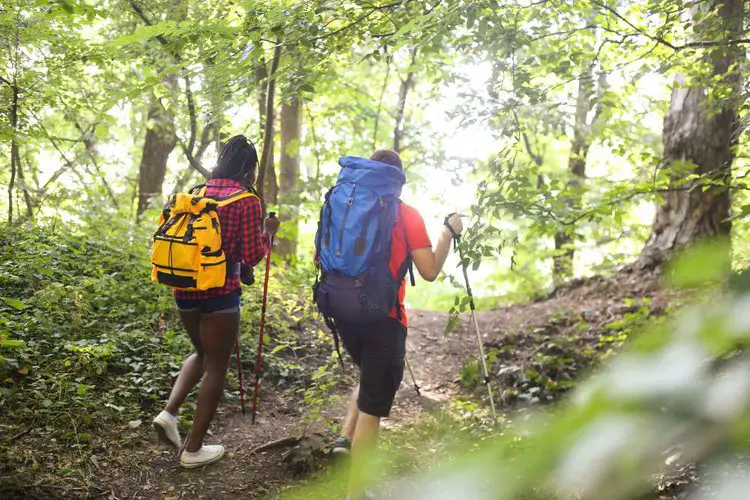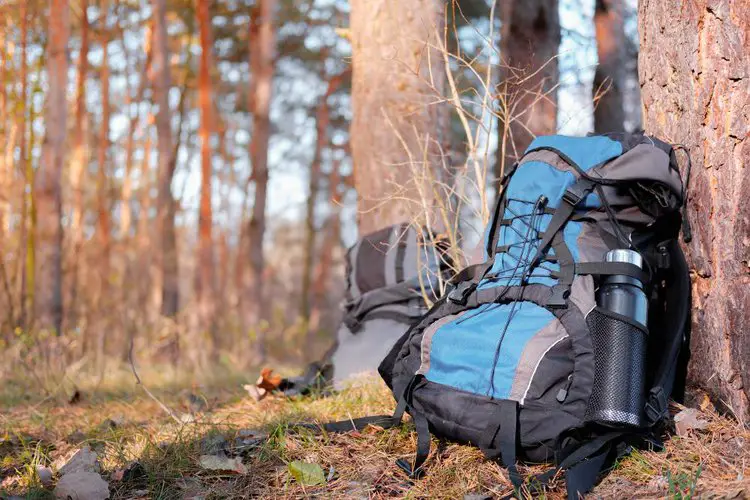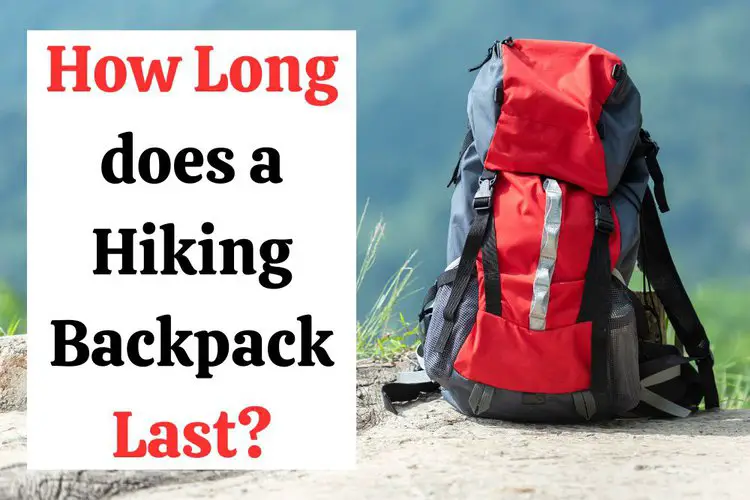Hiking backpacks are essential pieces of gear for anyone who loves to hit the trails. But like all gear, they have a limited lifespan.
Whether you’re a seasoned hiker or a newcomer to the sport, it’s important to know how long you can expect your backpack to last before it needs to be replaced.
In this article, we’ll explore the factors that contribute to a backpack’s lifespan, how long it will last, and offer tips for extending its longevity.
Contents
Type of Backpack

The type of backpack you choose will play a big role in its lifespan.
Daypacks, for example, are typically smaller and more lightweight than multi-day backpacks, and are designed for shorter hikes or outings.
Because they’re not subjected to as much wear and tear as larger backpacks, daypacks can last anywhere from 2-5 years with proper care and maintenance.
Multi-day backpacks, on the other hand, are designed for longer trips and heavier loads. These backpacks are made with more durable materials and often have features like reinforced stitching and load-bearing hip belts.
With proper care and maintenance, a high-quality multi-day backpack can last anywhere from 5-10 years or more.
Mountaineering backpacks, designed for specialized uses such as technical climbing, can have a shorter lifespan of 1-3 years due to their intense use and the added stress of carrying heavy loads in extreme environments.
Last update on 2023-11-11 / Affiliate links / Images from Amazon Product Advertising API
Materials
The materials used to make a hiking backpack can also affect its lifespan.

Backpacks made from lower-quality materials may not last as long as those made from higher-quality materials.
Nylon and polyester are popular materials for hiking backpacks due to their durability and resistance to wear and tear.
Other materials, such as canvas or leather, may also be used but can require more maintenance to keep them in good condition.
Here are some estimated average lifespans for each material:
- Nylon: Hiking backpacks made from nylon can last for 5-10 years or even longer, depending on usage frequency and maintenance. Nylon is a popular material for hiking backpacks because it is durable, water-resistant, and lightweight.
- Polyester: Polyester backpacks can last for 3-5 years, depending on usage frequency and maintenance. Polyester is less durable than nylon but is still a popular choice for backpacks because it is affordable and easy to clean.
- Canvas: Canvas backpacks can last for 10-15 years or longer, depending on usage frequency and maintenance. Canvas is a heavy-duty material that is durable and water-resistant, but it is heavier than nylon or polyester.
- Leather: Leather backpacks can last for 10-15 years or even longer, depending on usage frequency and maintenance. Leather is a high-quality material that is durable and looks great, but it is also more expensive than other materials.
Last update on 2023-11-11 / Affiliate links / Images from Amazon Product Advertising API
Again, these estimates are based on general observations and can vary depending on individual usage and maintenance habits.
Frequency of Use
A hiking backpack that is used frequently, such as every day or for multiple extended trips each year, may last between 2-4 years on average.

This is because the constant wear and tear on the backpack’s materials can cause them to break down more quickly.
On the other hand, a backpack that is only used occasionally, such as for a few weekend trips each year, may last up to 5-10 years or longer.
Level of Maintenance
The level of maintenance is also crucial in determining how long a hiking backpack lasts.
Proper maintenance includes cleaning the backpack after every use, repairing any damage, and storing it properly.
A hiking backpack that is poorly maintained may last only 1-2 years, while a backpack that receives moderate maintenance can last for 3-5 years.
With good maintenance, a high-quality backpack can last for 5-10 years or even longer.
Tips to Extend the Lifespan of Your Hiking Backpack

Regardless of the type of backpack, materials used, frequency of use, or level of maintenance, there are some tips that can help extend the lifespan of your hiking backpack:
- Store your backpack in a cool, dry place and ensure ventilation
- Clean your backpack after every use to prevent any damage beforehand
- Repair any damage or tears as soon as possible.
- Avoid overloading your backpack beyond its weight capacity.
- Use a rain cover or dry bag to protect your backpack from rain or water crossings.SaleJoy Walker Backpack Rain Cover Waterproof Breathable Suitable for (15-25L, 30-40L, 40-55L, 55-70L, 70-90L) Backpack Hiking/Camping/Traveling (Orange, Small (for 15-25L Backpack))
- UPGRADED BUCKLE STRAP: Keep backpack rain cover in position, Prevent backpack cover from sliding...
- HIGH-LEVEL WATERPROOF: Our backpack cover is made of 210t TAFFETA mixed material features...
- 4-LAYER CONSTRUCTION: External fabric of backpack cover is rip-resistant that protecting backpack...
Last update on 2023-11-11 / Affiliate links / Images from Amazon Product Advertising API
- Avoid setting your backpack down on rough or abrasive surfaces, such as rocks or gravel, which can damage the fabric or tear the mesh pockets.
- Be cautious when hiking through dense brush or vegetation, as thorns or branches can snag and tear the fabric.
- Keep your backpack away from sharp objects or rough surfaces, such as tree branches or rocks, to prevent punctures or abrasions.
- Be cautious when putting on or taking off your backpack, being mindful of zippers, straps, and other components to avoid snagging or pulling them out of place.
By taking these extra precautions, you can help protect your hiking backpack from damage while on the trail, ultimately extending its lifespan.
Conclusion
The lifespan of a hiking backpack depends on a variety of factors, such as the quality of its materials, frequency of use, and maintenance.
By taking good care of your backpack and investing in a high-quality model, you can extend its lifespan and get the most out of your investment.
However, it’s also important to know when it’s time to retire an old backpack and invest in a new one to ensure your safety and comfort on the trail.



